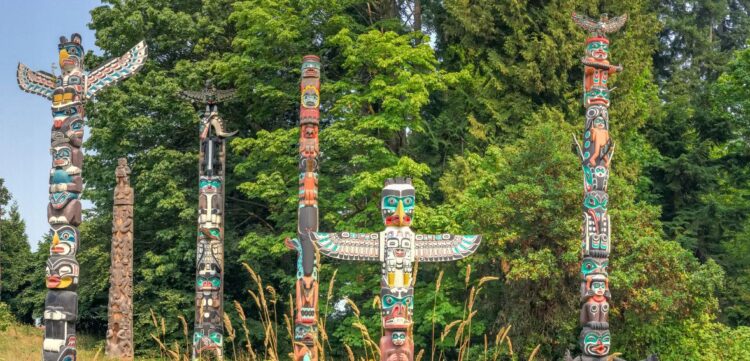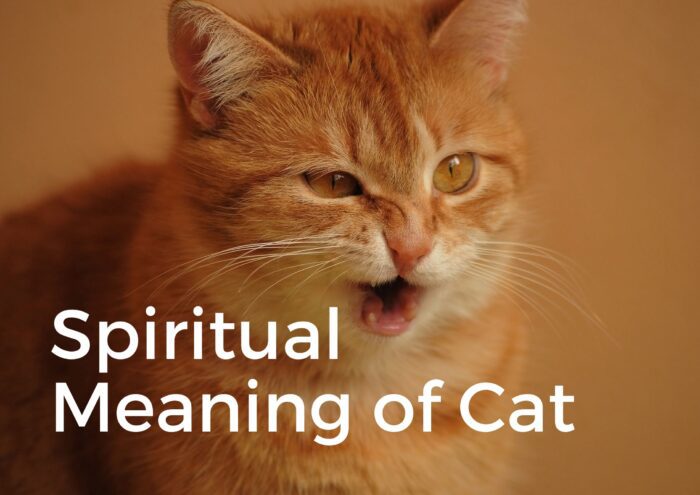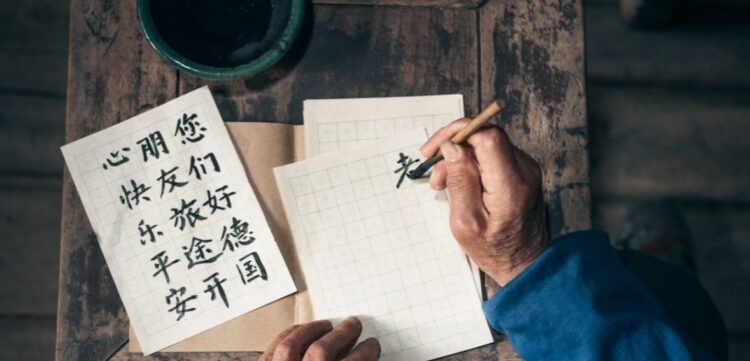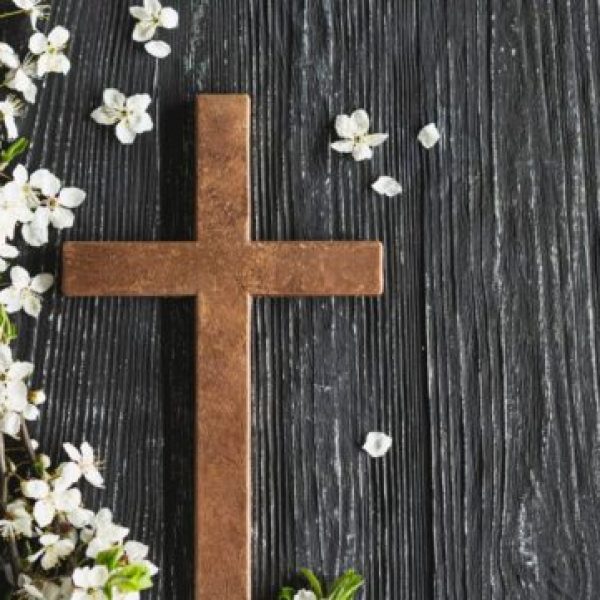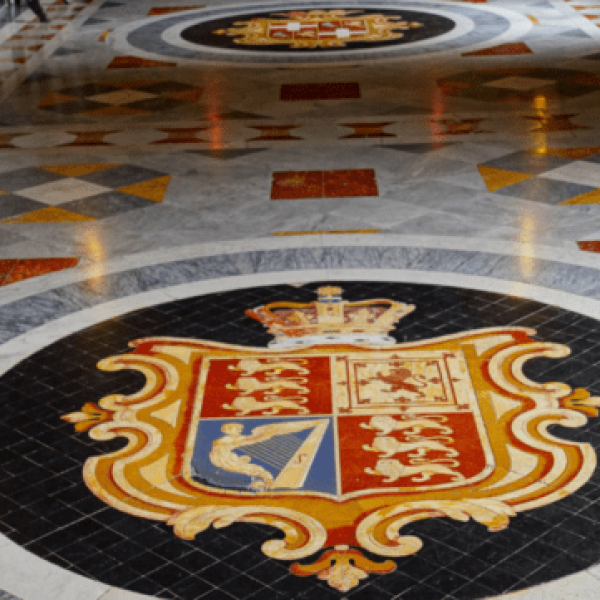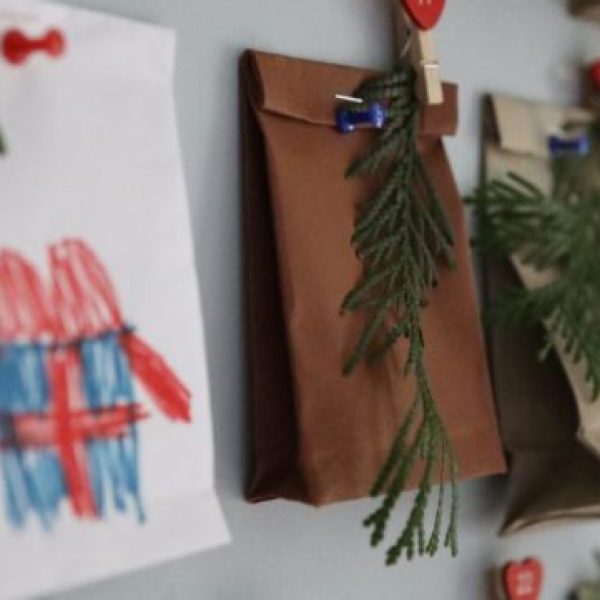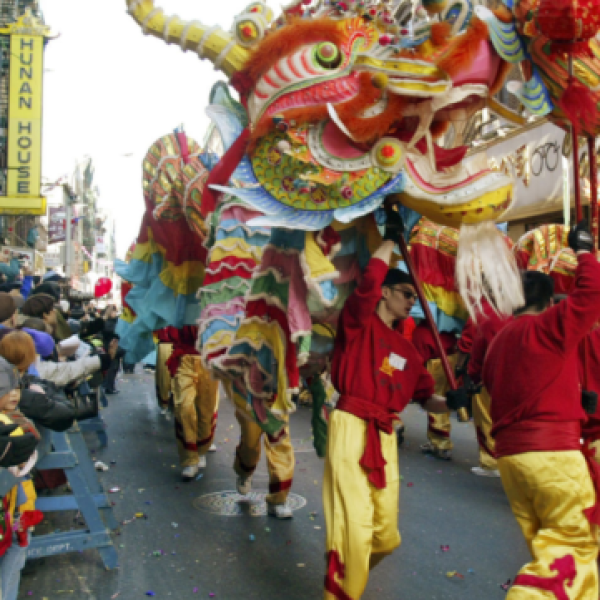Native American art is a diverse and vibrant field that represents the visual expressions created by the indigenous peoples of the Americas, commonly referred to as American Indians. This article delves into the significant impact of Native American totems, symbols, and their meanings on contemporary art. It emphasizes the continuity and evolution of traditional motifs and cultural narratives, illustrating how these elements not only preserve historical identity but also actively influence and inspire modern artistic expressions. By exploring the intricate relationships between Native American symbols and meanings and today’s art scene, we can gain deeper insights into how these cultural artifacts have transcended time to remain relevant and powerful in a modern context.
The Nature and Elements of Native American Art
Native American art is intrinsically woven into the cultural, spiritual, and practical aspects of its people’s lives. Unlike in many Western cultures, there is often no separate concept of “art” or “artist” in Native American communities. This absence suggests a profound integration of artistic expression into daily life, where creativity is seen as an inherent aspect of all objects and actions, reflecting a holistic view of life. Art in these cultures serves multifunctional roles, including storytelling, reinforcing communal identity, and facilitating spiritual rituals.
This comprehensive approach underscores the significance of Native American symbols and meanings, which are embedded in various art forms such as pottery, weaving, carving, and beadwork. These symbols often represent elements from nature, spiritual beliefs, and tribal myths. They play a crucial role in maintaining the continuity of cultural heritage across generations. The enduring motifs and narratives in these art forms continue to resonate and adapt in modern artistic practices, highlighting how traditional elements are represented in both traditional and contemporary contexts.
The Role of the Artist in Native American Cultures
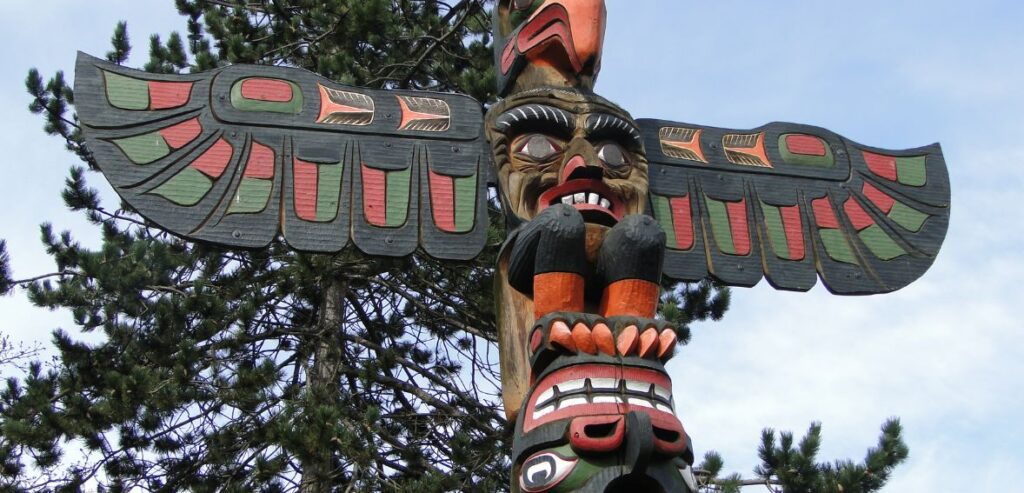
In Native American communities, the role of the artist is often synonymous with that of a craftsman, distinguished by a mastery of craft deeply rooted in cultural heritage and artistic tradition. Unlike in many Western societies, where there is a clear demarcation between artists and craftsmen, in Native American cultures, these roles are fluid and intertwined. Artistic skills are typically viewed not as a means of individual expression but as a communal asset, essential for the continuation and enrichment of community life.
Artists in these communities are custodians of cultural memory, embodying and preserving the ancestral knowledge and techniques passed down through generations. They utilize traditional materials and methods to create works that serve both functional and ceremonial purposes, embedding Native American symbols and meanings into their art. These symbols are vital in conveying the spiritual beliefs, historical narratives, and societal values of the tribe.
This part of the article explores how contemporary Native American artists navigate these traditional roles within the modern artistic landscape. It delves into how they reinterpret, adapt, and sometimes challenge traditional forms and functions of art, negotiating the preservation of their heritage with the innovations introduced by global artistic dialogues. Through their work, these artists contribute to both the continuity and evolution of Native American artistic practices, ensuring that their cultural narratives and symbols remain vibrant and relevant in today’s world.
Collective Versus Individual Art
In the realm of Native American art, the balance between collective creation and individual expression varies significantly across different tribes and periods. Historically, art-making in these communities has often been a communal endeavor, with knowledge, techniques, and styles passed down and shared among members of the tribe. This collective approach emphasizes the role of art in maintaining and reinforcing the social, spiritual, and cultural fabric of the community.
However, there have been standout individual artists who have left indelible marks on their culture’s artistic practices. One such notable figure is Nampeyo, a Hopi potter renowned for her exceptional skill and innovative techniques. Nampeyo is celebrated for revitalizing ancient Hopi pottery designs, which she merged with her unique artistic vision. Her work not only preserved traditional Hopi motifs but also transformed them, making old designs more visually appealing and relevant to contemporary tastes.
Other individual artists have similarly infused traditional forms with personal innovation, reshaping the artistic expressions of their communities. These artists often navigate the delicate interplay between adhering to traditional methods and exploring personal artistic exploration. By doing so, they contribute significantly to the evolution of their cultural art forms, demonstrating that individual creativity can coexist with and enhance collective artistic traditions.
This section explores how such artists manage to uphold the values and traditions of their communities while also asserting their unique artistic voices, thereby enriching the cultural and artistic landscapes of their tribes. Their contributions highlight a dynamic aspect of Native American symbols, where individual innovation plays a crucial role in the ongoing narrative of these rich artistic traditions.
Origins and Functions of Art
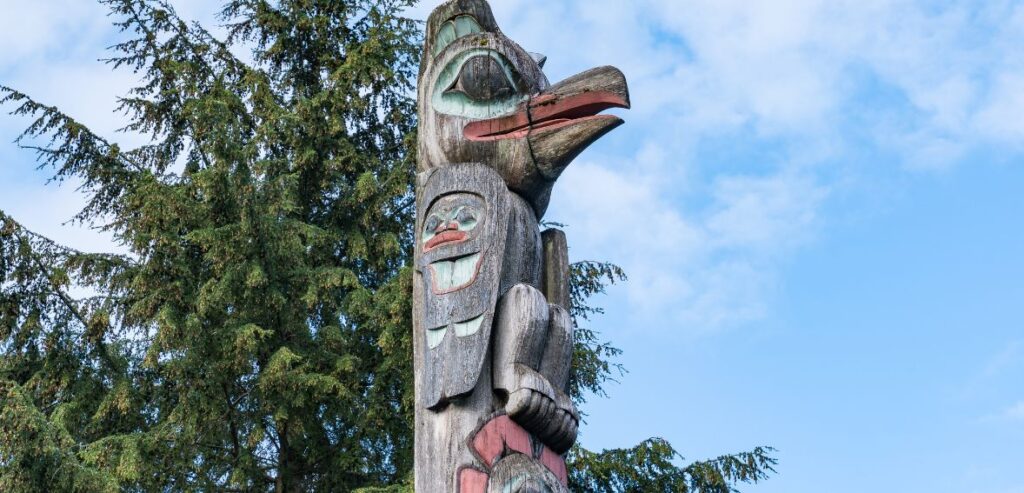
Art within Native American communities serves as a profound conduit for cultural, spiritual, and practical purposes, transcending mere aesthetics to embody deeper societal functions. Unlike art that is primarily decorative, Native American symbols is often created with intentions that range from harnessing supernatural forces to commemorating and honoring ancestral legacies. Each piece, whether a ceremonial mask, a woven basket, or a carved totem pole, carries specific meanings and purposes, integral to the cultural identity and spiritual practices of the community.
For instance, certain artworks are crafted to act as talismans or protective figures, believed to possess the power to influence natural elements or spiritual energies. These items are meticulously created through rituals that imbue them with their sacred power. Other art forms function as historical records, capturing significant tribal events or mythologies through intricate symbols and patterns. These pieces ensure the transmission of tribal knowledge and heritage across generations, solidifying communal bonds and identity.
This section delves deeper into the motivations behind the creation of these art forms and explores how their intrinsic functions are maintained or transformed in the contemporary art world. Today, many Native American artists continue to produce works that reflect traditional purposes, while others reinterpret traditional motifs and techniques to comment on modern issues or to merge with global artistic trends. This blending of old and new allows Native American symbols to remain vibrant and relevant, connecting past and present, and ensuring the continuity and evolution of cultural expressions within a modern context.
Regional Styles and Materials
Native American symbols exhibits a remarkable diversity across different regions, each style deeply influenced by the local environment, available materials, and historical cultural interactions. This regional variation is not only a reflection of different aesthetic preferences but also of the practical and spiritual needs of each community.
In the Pacific Northwest, for example, abundant forests provide ample wood, which is masterfully transformed into intricate totem poles and masks. These items are often rich in Native American symbols and meanings, serving as clan emblems or telling stories of ancestral spirits and supernatural events. The moist, temperate climate of this region allows for the preservation of these wood carvings, making them prominent symbols of cultural identity.
Conversely, in the arid Southwest, where wood is scarce, clay becomes a primary artistic medium. Here, Native American communities such as the Navajo, Hopi, and Zuni have developed a distinguished pottery tradition. These ceramic pieces are not only utilitarian but are also adorned with complex designs and motifs that carry significant cultural symbolism, reflecting beliefs, tribal stories, and desires for protection and prosperity.
This section will delve deeper into how these regional differences and the availability of resources shape the artistic outputs of Native American communities. It will explore the specific ways in which local environments influence the choice of materials and the development of regional artistic styles, highlighting how these factors contribute to the broader tapestry of Native American art. By understanding these regional distinctions, one can gain a fuller appreciation of the diversity and richness of Native American artistic expression.
The Socio-Cultural Importance of Totem Poles
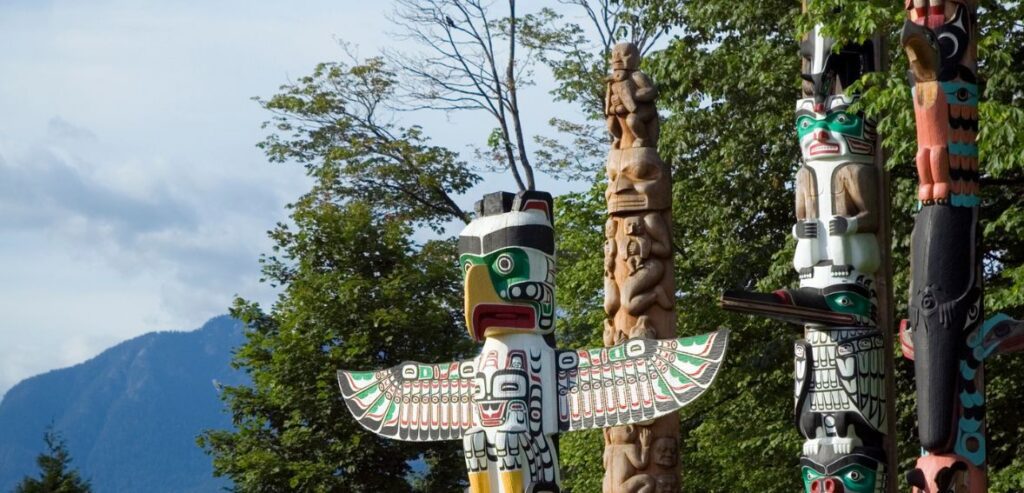
Totem poles, towering sculptures carved from large trees, are among the most recognized and symbolically rich forms of Native American symbols, particularly among the indigenous peoples of the Pacific Northwest. These impressive structures are deeply embedded with symbols and meanings, each telling stories that encapsulate family lineage, tribal history, spiritual beliefs, and important cultural events.
Historically, totem poles were not merely decorative. They served as vital components of Native American cultural expression, acting as public records, honoring ancestors, commemorating historical events, or signifying the rights and privileges of a family or clan. The figures carved into these poles—ranging from human faces to stylized animals—are not random but represent specific cultural symbols associated with the clan’s mythology and heritage.
In the contemporary context, totem poles continue to hold significant socio-cultural importance. They play a pivotal role in the preservation and revitalization of indigenous cultures, serving as a focal point for community gatherings and cultural ceremonies. Efforts to carve new totem poles often involve collaborative processes that strengthen community bonds and facilitate the transmission of traditional carving skills and cultural knowledge to younger generations.
This section explores the dual role of totem poles in both historical context and modern-day cultural revitalization. It discusses how these iconic structures remain a potent symbol of identity and continuity for Native American communities, contributing to ongoing efforts to reclaim and celebrate indigenous heritage in a world where many traditional practices have been marginalized. Through the creation and erection of new totem poles, Native American communities not only honor their ancestors and history but also affirm their sovereignty and resilience in preserving their cultural identity for future generations.
Conclusion
The enduring influence of Native American totems and symbols on contemporary art underscores a deep, continuing dialogue between ancient traditions and modern expressions. As artists blend these historic motifs with contemporary styles and themes, they create a rich tapestry that honors their cultural heritage while engaging with global artistic movements. This cross-generational conversation not only preserves the past but also reinterprets it, allowing new audiences to appreciate the complexity and depth of Native American art.
Furthermore, the role of Native American artists as both custodians of tradition and innovators in their craft highlights the dynamic nature of their artistic endeavors. By navigating the balance between tradition and personal expression, these artists ensure the vitality and relevance of their cultural expressions in contemporary art. As they continue to influence and inspire the art world, they contribute to a broader understanding and appreciation of Native American history, culture, and identity.
Ultimately, the fusion of Native American totems and contemporary artistic practices serves as a powerful reminder of the resilience and adaptability of these cultures. It also acts as a call to recognize and respect the artistic and cultural contributions of Native American communities within the broader narrative of art history. As contemporary art continues to evolve, the incorporation of these ancient symbols and practices ensures that the spirit and stories of Native American peoples are not only remembered but are actively part of the ongoing cultural discourse.
Frequently Asked Questions:
What are Native American totems, and how are they used in art?
Native American totems are symbolic figures, often carved into poles or represented in various art forms like sculptures and paintings, which embody tribal heritage, beliefs, and mythology. These totems often depict animals, spiritual figures, or ancestral spirits and are used to communicate cultural stories, signify clan membership, or represent social status within the tribe.
How do Native American symbols and totems influence contemporary art?
Contemporary artists often draw inspiration from Native American symbols and totems to explore themes of identity, heritage, and spiritual beliefs. These elements are incorporated into modern artworks to bridge historical traditions with current artistic expressions, adding depth and cultural significance to the pieces. This fusion allows for a continuation of cultural narratives in a modern context, making traditional motifs relevant in today’s art scene.
Can you explain the significance of the role of artists in Native American cultures?
In Native American communities, artists often serve dual roles as craftsmen and custodians of cultural heritage. Unlike in Western cultures, where artists are frequently seen primarily as individuals expressing personal vision, Native American artists are integral to community life, responsible for preserving and conveying ancestral knowledge and traditions through their art. They craft items that fulfill functional, ceremonial, and communal roles, embedding deep cultural meanings into their work.
What are some examples of how traditional Native American art forms are adapted in contemporary art?
Traditional art forms like pottery, weaving, and carving continue to thrive but with contemporary twists. For instance, artists might incorporate modern materials or techniques while maintaining traditional patterns and motifs. Another adaptation is seen in the use of digital media and photography to reinterpret traditional themes or tell historical narratives from a current perspective. These adaptations ensure the survival and relevance of Native American artistic traditions in the global art market.


